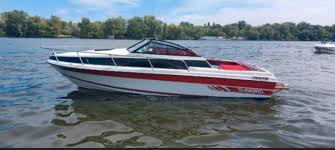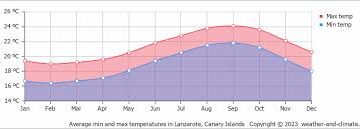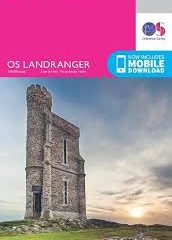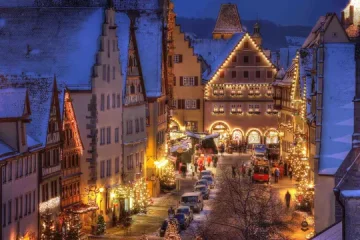Exploring the Beauty and Significance of Corsica

Introduction to Corsica
Corsica, a beautiful Mediterranean island located south of the French mainland, is renowned for its stunning landscapes, rich history, and diverse culture. Known as the birthplace of Napoleon Bonaparte, Corsica is a unique blend of French and Italian influences, making it a significant travel destination for those seeking both adventure and relaxation. With its picturesque coastline, rugged mountains, and quaint villages, Corsica attracts millions of tourists each year, highlighting its relevance in both tourism and cultural heritage.
Geography and Attractions
Corsica boasts a variety of natural landscapes, featuring mountainous terrain that attracts hikers and outdoor enthusiasts. The island covers an area of 8,680 square kilometres and is home to the famous GR20 trail, regarded as one of the toughest hiking routes in Europe. Alongside its interior, Corsica’s coastline is dotted with pristine beaches such as Palombaggia and Santa Giulia, known for their turquoise waters and sun-kissed sands.
In addition to its natural beauty, Corsica is rich in historical sites. The capital city, Ajaccio, houses the Maison Bonaparte, the ancestral home of Napoleon. The island’s many fortresses, such as the Citadel of Calvi and the ruins of the Genoese towers, showcase its strategic importance throughout history and offer visitors a glimpse into Corsica’s past.
Tourism in 2023
As the world continues to recover from the impacts of the COVID-19 pandemic, Corsica has seen a resurgence in tourism in 2023. The island features several eco-tourism initiatives that appeal to environmentally conscious travellers. Authorities are promoting sustainable tourism practices, focusing on protecting the natural environment while encouraging visitors to explore the island’s breathtaking landscapes responsibly.
Additionally, local businesses have adapted to the shifting landscape of travel, with enhanced services such as personalised tours and gourmet dining experiences featuring Corsican cuisine, which blends fresh seafood, local meats, and distinctive cheeses. This evolution reflects the increasing demand for authentic and immersive travel experiences.
Conclusion
Corsica’s allure lies in its unique combination of natural beauty, rich history, and cultural fusion. As the island continues to evolve its tourism strategy in response to global changes, Corsica stands poised to reaffirm its status as a premier Mediterranean destination. For readers considering their next holiday, Corsica offers a wealth of experiences that cater to a variety of interests, from outdoor adventures to culinary delights. Looking forward, the island’s ability to balance tourism with preservation will be vital in maintaining its charm and appeal for generations to come.









